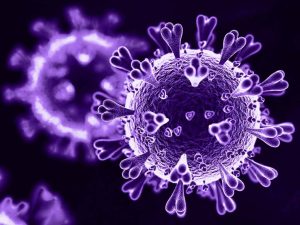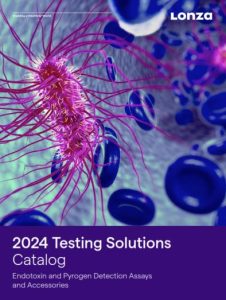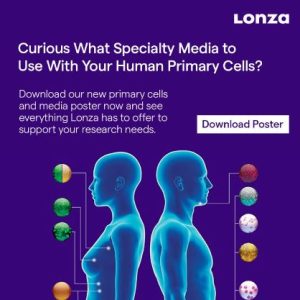As many already know, the primary use for the endotoxin detection assay is to determine the potency of LPS in injectables. However, every year I am contacted by customers inquiring about specific treatments that can be used to test their unique sample type. For our purposes moving forward, a “unique sample” will be one that is not a typical injectable and has no release limit established in the compendium.

Assay Selection
Before you can even begin to perform an endotoxin assay you may be deciding which assay is best to test your sample. That decision can be made based on a few criteria – sensitivity required, available lab equipment, known sample interferences and budget. Lonza offers a full portfolio of endotoxin detection assays that will meet your needs. The LAL assays range from the classic gel clot method to the more sensitive kinetic assays. The PyroGeneTM rFC Assay is a non-animal alternative to the LAL method and is the best solution for samples containing beta glucans. Last, but not least, let me introduce you to our newest product, the PyroCellTM Monocyte Activation Test (MAT), which is an in vitro assay for pyrogen testing. Quick Guides are available for all of these methods to ensure that your endotoxin testing runs smoothly.
Sample Interference
LAL Reagent Water (LRW), also known as Water for BET, is the gold standard for endotoxin detection assays – as it is endotoxin-free and non-interfering – and endotoxin spiked LRW is used for system and assay validation studies. Therefore, any sample that isn’t LRW could interfere with the assays. This interference will appear as a false negative (inhibition) or a false positive (enhancement). With any recommendation given for sample testing, we remind the analyst that Positive Product Control (PPC) sample spiking is required in order to determine if the sample is inhibiting or enhancing the endotoxin result. The specification for the PPC is 50-200% and the lowest dilution with a passing PPC result in product screening is the result chosen for product validation and routine testing.
Common interfering factors include heavy metals, high osmolality, pH, proteins, sample color, liposomes, beta glucans, chelating agents and protease inhibitors. Whereas most of the interferences are remedied with simple dilution in LRW, sometimes sample pretreatment is necessary. Lonza’s “Overcoming Assay Inhibition or Enhancement” technical tip document discusses this topic in much greater detail.
Solubility Concerns
Keep in mind that any sample that is soluble can be tested with the LAL and rFC assays. Alternatively, samples that are insoluble can also be tested with these assays as medical devices. These samples can be immersed, flushed, rinsed or soaked in LRW and the extract is tested for endotoxin content. Additional information can be found in Lonza’s “Medical Device – Quick Guide”.
Endotoxin Release Limits (ERL)
For many unique samples an official/compendial release limit has not been established, so a limit will have to be set through sample validation and testing. The ERL for a medical device is a little different. In this case the ERL formula is K × N V, where K = allowable endotoxin per device 20.0 EU / device (2.15 EU / device for cerebrospinal contact), N = number of devices tested and V = total volume of extraction solution.
Establishing Maximum Valid Dilution (MVD)
As stated earlier, simple dilution in LRW will overcome many sample interfering factors. However, when is too much “too much” for dilutions? Once the ERL is determined, the MVD (Maximum Valid Dilution) can be calculated. The MVD is used to determine at what point dilution has exceeded the level of accuracy – i.e. when the endotoxin is diluted past the point of detection. MVD is calculated by dividing the endotoxin release limit (ERL) by the assay sensitivity.
In conclusion, when a new or unique sample comes into your lab, there is a methodology for establishing a testing plan and overcoming any interferences the sample may contribute to the endotoxin assay.
Written by Travis
Scientific Support Specialist, Lonza Pharma-Bioscience Solutions at Lonza





